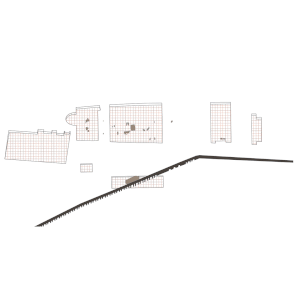Newfoundland Forays
Project team: Anna Longrigg, Jason McMillan
The large scale boom and bust economies of fish, oil and tourism are hugely problematic for outports, which fall victim to economic mono-cultures. All three are resource based economies, who’s value is contingent on sweeping global trends, external to Newfoundland. Paradoxically, the continued function of outports, and the potential for growth demands centralization and large scale thinking, which runs against the intensely local cultures of the towns. The sharing of resources is a necessity for the survival of the declining populations.
The abandoned fisheries are relics of not only great prosperity, but also the great failure of mega-economies in these towns. Our appropriation of the fishery will create a regional hub for food security and community life, subverting generalization while generating valuable bi-products and diversified micro-economies. The fishing plant is a megalith relative to the towns, and the architecture subverts and divides its presence on the site.
Fueling Outports adds resiliency directly to electricity, food and waste networks in the region. Indirectly, cultural exchange and community building are products of the interaction of each node with its respective town, and amongst the network of nodes.




























